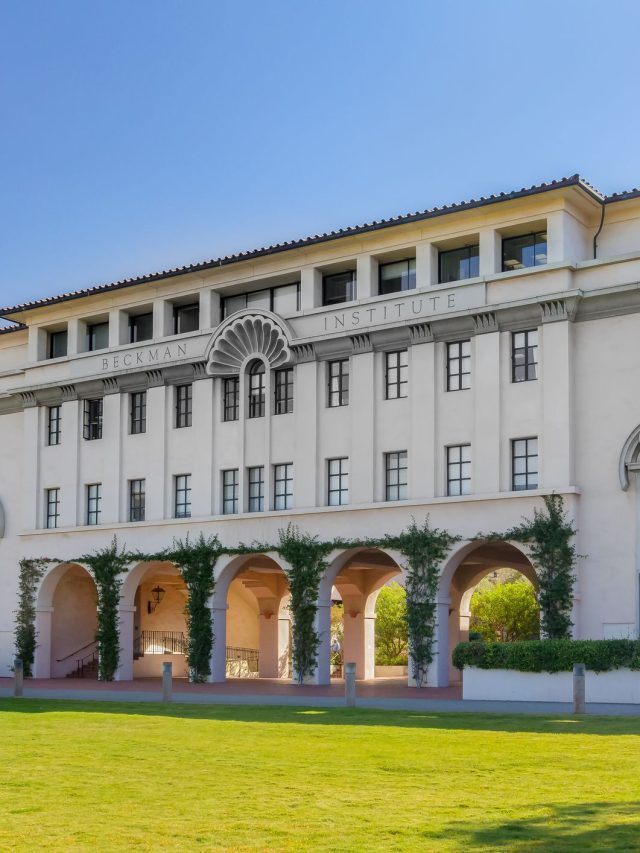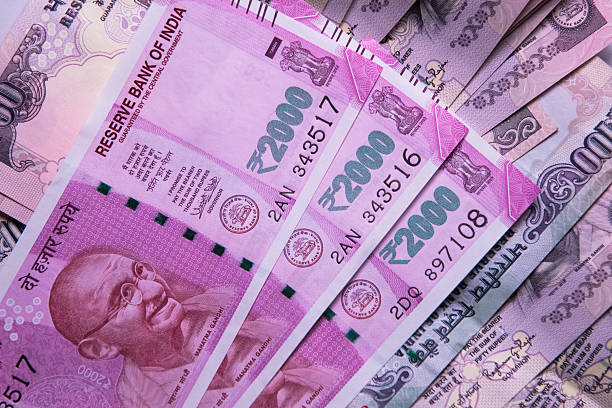The History and Common Phrases of the Tagalog Language
The Tagalog language is one of the most widely spoken languages in the Philippines. It is the primary language of the Central Luzon region and the National Capital Region, where it is also the official language. In this article, we’ll delve into the history of the Tagalog language and some common phrases that you might find useful if you’re planning to visit the Philippines.
Origins of the Tagalog Language
The word “Tagalog” is derived from the endonym “taga-ilog” which means “river dweller.” This is composed of “tagá-” which means “native of” or “from” and “ilog” which means “river.” Linguists such as David Zorc and Robert Blust speculate that the Tagalogs and other Central Philippine ethno-linguistic groups originated in Northeastern Mindanao or the Eastern Visayas.
The Tagalog language has existed for thousands of years, but there are no documents or archaeological evidence directly confirming its earliest sources. However, it is believed that the language evolved from an ancient language called Proto-Austronesian, which was spoken by the Austronesian people who migrated to the Philippines from Taiwan around 4000 BC.
Common Phrases in Tagalog
If you’re planning to visit the Philippines, learning a few common phrases in Tagalog can go a long way in helping you communicate with the locals. Here are some of the most common phrases in Tagalog:
- Hello (informal) = Musta
- Hello (formal) = Kumusta
- What is your name? (informal) = Anong pangalan mo?
- What is your name? (formal) = Ano po ang pangalan nila?
- Nice to meet you = Kinagagalak kong makilala ka
- Good morning (informal) = Magandang umaga
- Good afternoon (informal) = Magandang hapon
- Good evening (informal) = Magandang gabi
- Thank you = Salamat
- You’re welcome = Walang anuman
- Yes = Oo
- No = Hindi
Here are some possible questions around Tagalog and Philippine culture:
Q: What are some other languages spoken in the Philippines besides Tagalog?
A: The Philippines has over 170 languages, but some of the most widely spoken besides Tagalog are Cebuano, Ilocano, Hiligaynon, Waray, and Kapampangan.
Q: What are some traditional Filipino dishes that I should try?
A: Some popular Filipino dishes include adobo (meat cooked in a vinegar and soy sauce marinade), sinigang (a sour soup typically made with pork or fish), and lechon (a whole roasted pig).
Q: What are some important festivals and holidays in the Philippines?
A: Some of the most important festivals and holidays in the Philippines include Christmas (which is celebrated for several months), the Sinulog Festival in Cebu, the Ati-Atihan Festival in Aklan, and the MassKara Festival in Bacolod.
Q: What is the significance of the Barong Tagalog?
A: The Barong Tagalog is a formal shirt for men made of lightweight material such as piña, jusi, or silk. It is worn for formal occasions such as weddings and is considered the national dress of the Philippines.
Q: What is the importance of family in Filipino culture?
A: Family is very important in Filipino culture, with many households being extended families that include grandparents, aunts, uncles, and cousins. Filipinos typically have a strong sense of loyalty and obligation to their families.
Q: What are some traditional dances from the Philippines?
A: Some traditional Filipino dances include the Tinikling (a bamboo dance), the Pandanggo sa Ilaw (a dance with candles), and the Sayaw sa Bangko (a dance performed on top of narrow benches).
Q: What are some popular tourist destinations in the Philippines?
A: Some popular tourist destinations in the Philippines include Boracay Island, Palawan, Manila, Cebu City, and the Chocolate Hills in Bohol.
Q: What is the significance of the jeepney in Philippine culture?
A: The jeepney is a popular mode of public transportation in the Philippines, and is often decorated with colorful designs and patterns. It is considered a symbol of Filipino creativity and resourcefulness and is a common sight on the streets of many cities and towns.





















